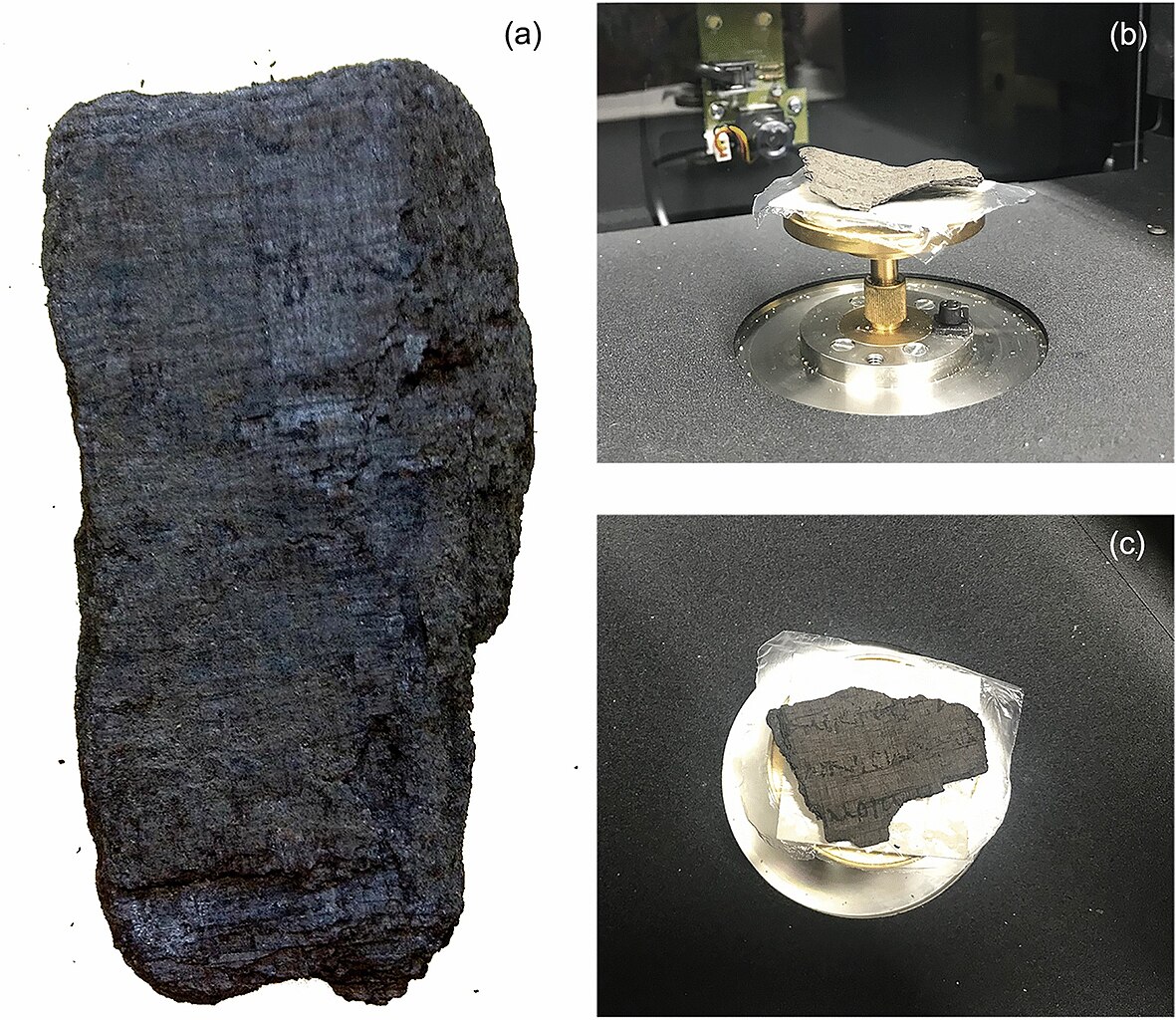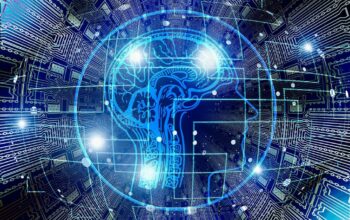The sprawling impact of California’s severe wildfire seasons saw catastrophic events unfold, one of which claimed the family home of Nat Friedman, the former CEO of GitHub. Amid the ensuing pandemic lockdown, seeking solace and distraction, Friedman turned to the rich history of ancient Rome, indulging in literature about the empire and crafting Roman villa models with his daughter.
Rather than succumb to the viral trends of sourdough baking, Friedman found respite in recreating ‘Panis Quadratus’ – a Roman bread depicted in Pompeian frescoes. As the world braced the pandemic’s solitude, his nights were spent scouring the internet for all things Roman, leading him to a profound discovery: the Herculaneum papyri.
These scrolls, a treasure trove buried by the cataclysmic eruption of Mount Vesuvius in 79 A.D., lie waiting in an Italian villa believed to be owned by Julius Caesar’s affluent father-in-law. Of the vast library suspected to hold thousands of texts, only about 800 have been unearthed, and hope abounds that the remaining scrolls could significantly expand our array of ancient Greek and Roman literature.
In the pursuit to uncover the untold narratives enshrouded within the Herculaneum papyri, modern technology has endeavored to penetrate the ashen remnants without inflicting harm. The initiative to employ high-resolution, 3D scans intended to unveil their contents digitally has, however, yielded limited success. With glimpses of their contents eliciting both excitement and frustration among scholars, the task of decoding these relics entirely remains daunting due to logistical and financial constraints.
Friedman, armed with his experience in helming GitHub—a behemoth in the software development industry now under Microsoft’s umbrella—and his familiarity with emerging AI technologies, speculated that artificial intelligence could hold the key to deciphering the patterns within the Herculaneum scrolls that have eluded human analysis.
His pursuit signals a groundbreaking junction where technology meets antiquity, potentially unraveling the mysteries of the ancient world and enriching modern understanding of our cultural and historical origins.

















